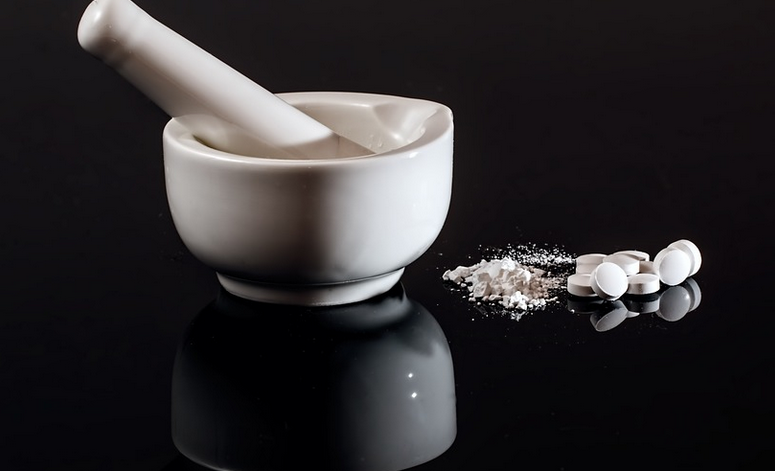Introduction
If you are a textile enthusiast, then you might have heard about the process of mordanting. Mordanting is a crucial step in the dyeing process, where chemicals are used to fix the dye onto the textile fibers. One such chemical that is commonly used for mordanting is alum. In this article, we will discuss alum mordant for cotton and its significance in the textile industry.
What is Alum?
Alum, also known as aluminum potassium sulfate, is a chemical compound that is commonly used in various industries, including the textile industry. Alum has astringent properties and can be used as a mordant to fix dyes onto textile fibers, such as cotton. Alum is a safe and eco-friendly alternative to other synthetic mordants that are harmful to the environment.
How to Use Alum Mordant for Cotton?
The process of using alum mordant for cotton is relatively simple. First, dissolve alum in warm water and add it to a container. Then, add the cotton fabric to the container and let it soak for at least 24 hours. After that, rinse the fabric thoroughly with water and let it dry. The cotton fabric is now ready for dyeing.
Advantages of Alum Mordant for Cotton
One of the significant advantages of using alum mordant for cotton is that it is safe and eco-friendly. Unlike other synthetic mordants, alum does not harm the environment and is safe for use on textiles. Additionally, alum is readily available and affordable, making it a popular choice among textile enthusiasts.
Disadvantages of Alum Mordant for Cotton
While alum mordant for cotton is generally safe, it does have some disadvantages. Alum is not suitable for use with all types of dyes and fibers. It is best suited for use with natural dyes and fibers, such as cotton. Additionally, alum can be acidic, which can affect the pH balance of the textile fibers, causing them to become brittle over time.
Conclusion
Alum mordant for cotton is an essential step in the dyeing process, and it has several advantages over other synthetic mordants. It is safe, eco-friendly, and readily available, making it a popular choice among textile enthusiasts. While it does have some disadvantages, such as being unsuitable for use with all types of dyes and fibers, it is still a reliable and effective option for mordanting cotton fabrics.

